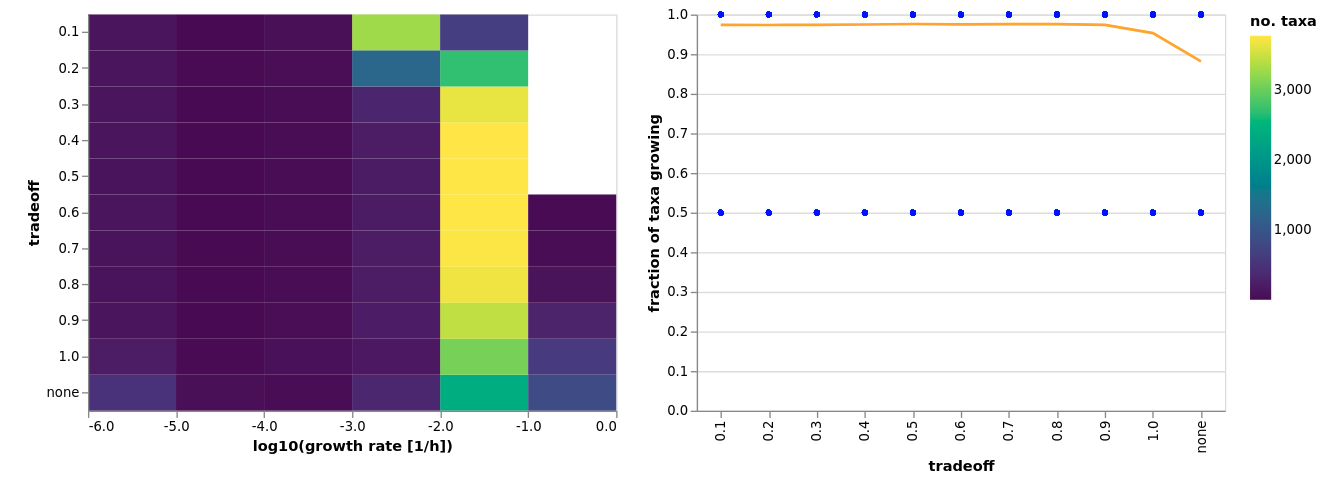Basic questions on metabolic modelling of microbial communities #40
-
|
Hi!! The lab I work in mainly focuses on using experimental methods to investigate the human gut microbial communities and now we would like to try some metabolic modelling tools and see if they can be applied in our research. We found MICOM is a useful tool to explore the co-existence of microbes. The problem is, neither my supervisor nor my peers have any experience in computational approaches. I only have some experience with Python and genome-scale metabolic models. So I have some very basic questions regarding metabolic modelling of communities and any ideas/advice will help a lot! First question: Second question: Also appreciate it if there are any books/literatures suggested to find the answers! |
Beta Was this translation helpful? Give feedback.
Replies: 2 comments 7 replies
-
|
Hi! Glad you're finding MICOM helpful. Getting into metabolic modeling can sometimes feel daunting but can be helpful when coming from an experimental background. In particular, if you want to identify the metabolic interactions (trophism, competition etc.) that drive co-existence. Okay, let's get to your questions.
Figure C shows the correlation between the two and as you see it does a better job than just optimizing community-wide growth (which is what was commonly done before). On average you do get a decent correlation but it is definitely not perfect. We are looking at some co-culture experiments as well and you can get very good agreement but that depends on how well you have characterized the growth medium and the metabolism of the contained metabolites in the strain-level models. Regarding resources, the tutorial section of the MICOM docs lists a course that explains the optimizations in MICOM in detail and provide a practical walkthrough. |
Beta Was this translation helpful? Give feedback.
-
|
Hm, I think I did not explain that well. Sorry.
|
Beta Was this translation helpful? Give feedback.


Hm, I think I did not explain that well. Sorry.
Nope, my suggestion was to choose a fixed tradeoff of 1.0 or 0.9 and then just simulate with that and see if it reproduces the experiment. Having a tradeoff does not mean all taxa can grow, it will try to find a solution where that is possible but if the nutritional requirements are not met an organism might still be blocked from growth. And you do need the regularization to get a unique solution, otherwise, there may be infinitely many solutions for growth rates for A and B, some of those inhibiting growth of A and some that don't.
No, that is not what MICOM will do. It does distribute the growth rate across the community but is conside…